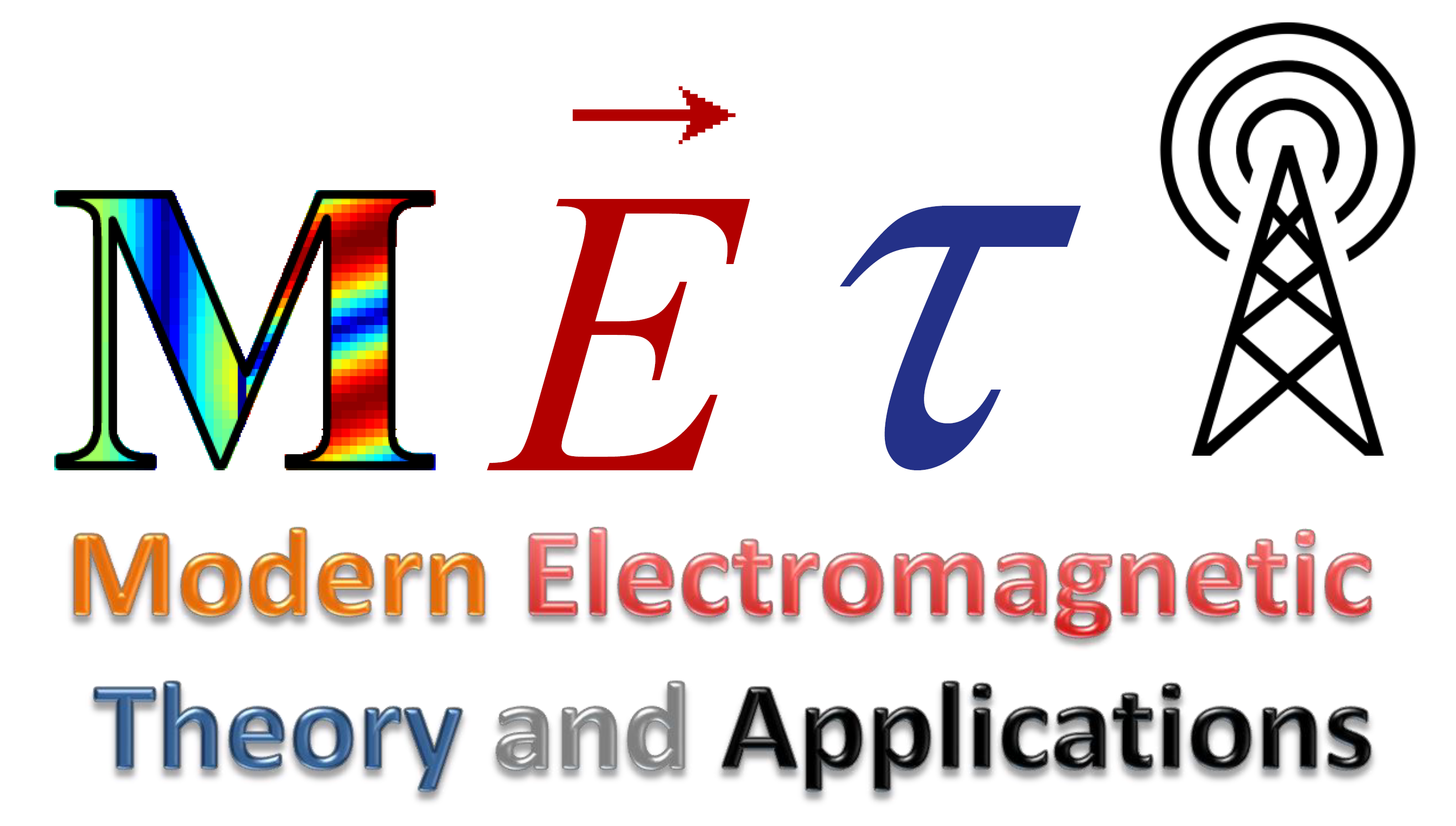Floquet-Bloch Analysis of Refracting Huygens’ Metasurfaces
See our report under Huygens’ Metasurfaces. 
Elementary Statistical Sources Embedded in Stratified Media
Organic Light-Emitting Diodes (OLEDs) are a private case of the canonical electromagnetic problem of stratified media with embedded elementary sources. Along my Ph.D. research, applying rigorous electromagnetic analytical techniques to OLEDs, we have identified fundamental properties of radiation of optical (statistical) sources in general multi-layered formations, arising from the incoherent and statistical nature of this class of sources. This allows new insight on the classical problems, and, in some cases, enables reduction of calculation complexities.
Radiation of Incoherent Sources in an Arbitrary Flexible Layered-Media – Reduced Complexity
In the context of OLEDs, we have shown that the typically small coherence length (with respect to the substrate thickness) renders interference cross-terms due to multiple reflections from the boundaries of the substrate negligible. However, this rigorous formulation can only be applied on plane-parallel stratified media (or, more accurately, on separable configurations; see, for example, our work on cylindrically bent flexible OLEDs).
As the interplay between optical length and coherence length seems very fundamental, and originates in integration of the ray-like phase-factors over the source bandwidth, we were asking ourselves how we can generalize this theory to treat a much broader set of configurations. This, apparently, can be done utilizing geometrical optics (GO).
We have shown that considering a general piecewise homogenous medium of arbitrarily shaped interfaces, the tradeoff between bandwidth and optical path remains the same, however in the general (non-planar) case the layer thickness can be defined only locally, thus the optical path of each particular ray must be used to determine the exact attenuation of interference cro ss-terms. To make the formulation rigorous, we must require that the interfaces are smooth enough as to allow the usage of GO.
ss-terms. To make the formulation rigorous, we must require that the interfaces are smooth enough as to allow the usage of GO.
Our analysis reveals that not only that these observations lead to a clearer physical interpretation of the results, but also in cases where the path between the most reflecting boundaries is much larger than the coherence length, yields great reduction in the computation complexity, as most of the interference cross-terms need not be computed at all.
Validity of Two-Dimensional Models for Realistic Optical Devices
When approaching a problem with a geometry exhibiting one or more invariant dimension, it is customary to conduct a preliminary analysis using 2D line sources. Such an approach is beneficial, as it allows to probe the system response to a localized excitation, while simplifying the analytical derivation due to the reduced number of dimensions. However, in many cases, as in the case of spontaneous optical emission in OLEDs, radiated power originates from molecular sources, which are best modeled by 3D point dipoles rather than 2D line sources. A question arises, then, what is the relation between the results of the 2D models and the performance of the 3D realistic devices?
In our investigation, we have shown that for optical sources, which form an incoherent ensemble of point dipoles, embedded in stratified media, there is a complete equivalence between the normalized TE-polarized radiation pattern resulting from the 2D and 3D models.
This is done by using a unique decomposition of the horizontal electric dipole to two current distribution, one generating only TE-polarized fields, while the other generating only TM-polarized fields. By spectral analysis we have produced a unified expression for the radiation pattern of sources with different dimensionality and/or polarization, which highlights that the only differences between the radiation patterns arise from (1) the reflection coefficients at the various interface (different for TE and TM, for example) and (2) the intrinsic radiation pattern of the sources, depending on their orientation (e.g., dipoles to not radiate in the direction of the dipole).
These representation of the sources and radiation patterns also allows interesting observations regarding the nature of TM-polarized radiation patterns, for which a general equivalence between 2D and 3D models do not exist (as it is usually hard to decouple the contributions of the horizontal and vertical dipole to this polarization).
Polarization-Resolved Field Decomposition at the Source Level
We have derived a rigorous method to decompose any source in stratified media configuration to TE-generating and TM-generating current distributions. This is done in spatial domain, where it is shown that the decomposition corresponds to the solenoidal and irrotational components of the transverse current distribution, which can be evaluated via the Helmholtz decomposition theorem. A simple schematic can be used to demonstrate how the longitudinal components of the electric and magnetic fields vanish in the corresponding geometric arrangement of the elementary currents.
Such a general decomposition is useful as it allows independent investigation of the TE-polarized and TM-polarized fields with respect to a given problem, without requiring to derive the combined electromagnetic fields first. In addition it sheds light on the current distributions related to each of the polarizations, thus simplifying the physical interpretation of the results.

